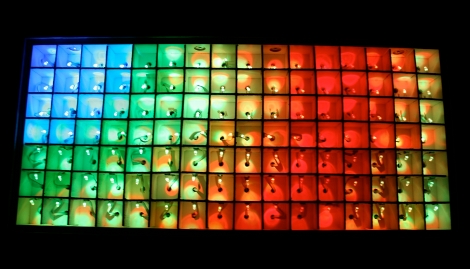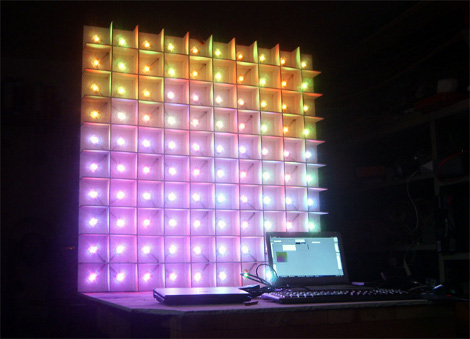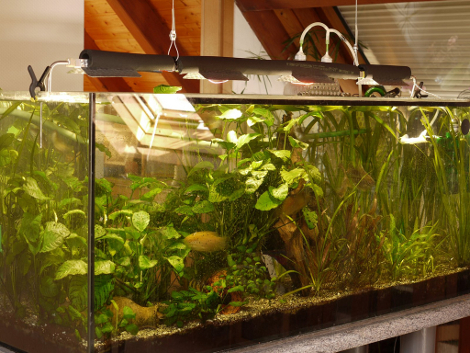
[Joe] tipped us off about his 112 LED coffee table. This 12-ups the LED matrix from Friday and 31-ups the Shiftbrite table. Driving this grid is an ATmega328 in i2c slave mode. It listens for display data from a second ATmega328 and uses that to set the array of TLC5940 driven LEDs appropriately. Separating the processing microcontroller from the display microcontroller allows for fast and smooth display changes that can be seen after the break. [Joe’s] table exhibits exquisite cable management, clean code, and an amazing amount of flexibility. Maybe [Caleb Kraft] will finally pony up the dough and make this project for his own home.
[Joe] waited until he saw some other LED tables to send us a link to his hack. This is obviously an awesome project, one that we want to see just as much as our readers do. So please, don’t wait for someone else to stumble upon your project, send us a tip once you’re done sharing the details.
Continue reading “112-LED Coffee Table” →

















